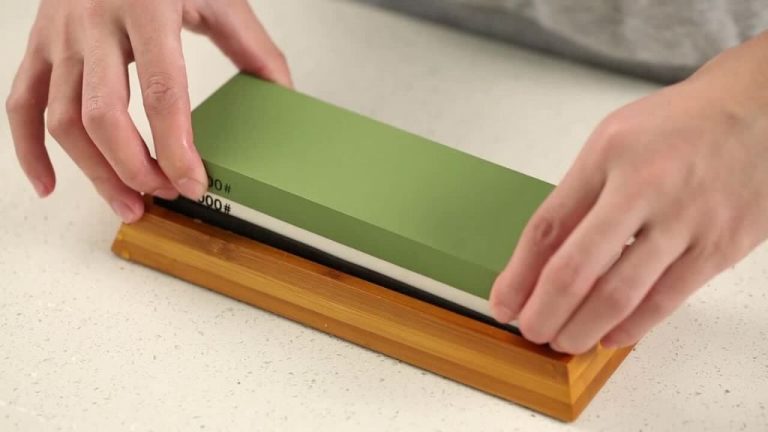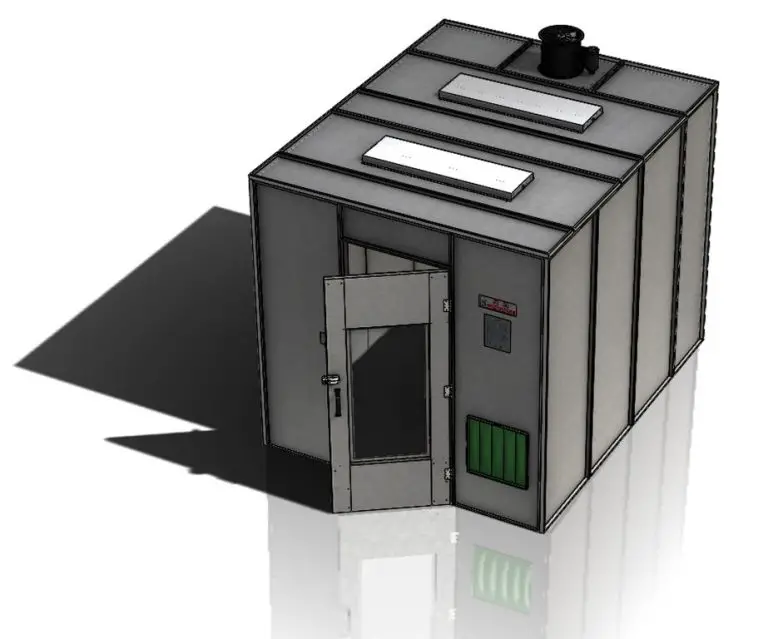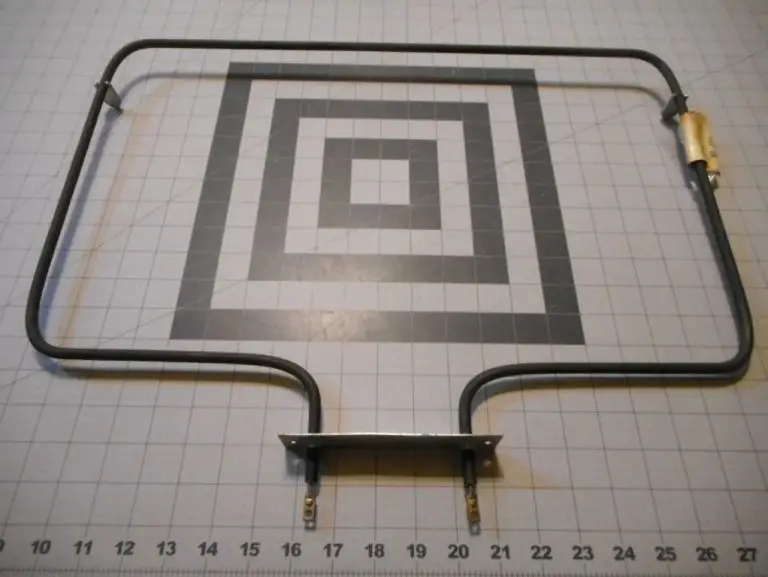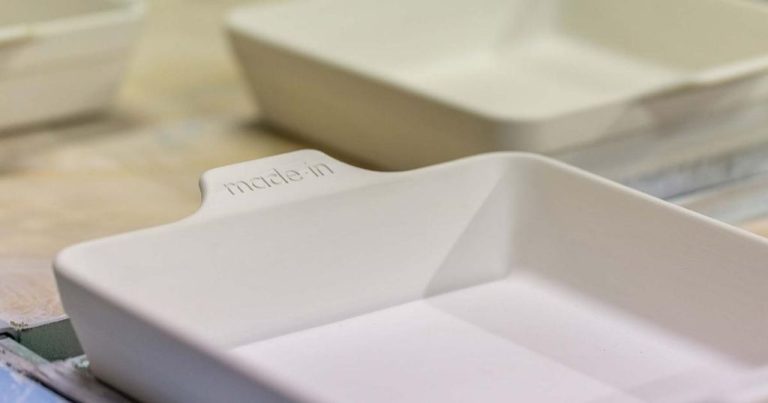How Much Do Pottery Artists Make?
Pottery is one of the oldest art forms, dating back over 20,000 years to when early humans began storing, cooking, and transporting food using clay vessels. The earliest known pottery artifacts have been found in East Asia and date back to 20,000 – 10,000 BC. Pottery developed independently in many regions around the world, spreading from region to region via trade routes. Over time pottery evolved from strictly utilitarian purposes into decorative art objects. Glazes were invented during the Han dynasty in China around 100 AD to create colored finishes. The potter’s wheel was invented sometime between 6,000 – 4,000 BC in Mesopotamia, which revolutionized pottery production. The ancient Greeks and Romans greatly advanced the art of pottery, creating finely detailed works. Although historically potters were considered craftsmen, pottery developed into a respected art form and profession. Today there are many types of pottery including earthenware, stoneware, porcelain, and raku ware. Modern pottery artists use their creativity and skill to produce functional and decorative works appreciated for their beauty.
Average Salary for Pottery Artists
According to ZipRecruiter, the median annual pay for a ceramic artist in the United States as of February 2024 is $51,370[1]. The average hourly rate is reported as $51.37. Salaries can range from as low as $24,555 per year to over $100,000 for top earners.
Glassdoor estimates the average base pay for a ceramic artist in the US to be $52,783 per year as of January 2024[2]. Total compensation, including tips, bonuses and overtime pay, averages $56,437 annually.
Overall, most sources estimate the typical full-time ceramic or pottery artist in America earns between $50,000-$60,000 per year. However, salaries can vary significantly based on factors like location, experience, reputation, and sales revenue.
[1] https://www.ziprecruiter.com/Salaries/Ceramic-Artist-Salary
[2] https://www.glassdoor.com/Salaries/ceramic-artist-salary-SRCH_KO0,14.htm
Factors Affecting Earnings
There are several factors that can impact how much a pottery artist earns, including:
Geographic location – Where a pottery artist lives and works can significantly affect their earnings. Artists located in major cities and arts hubs like New York, Los Angeles, and San Francisco tend to earn more than those in smaller towns. Being near affluent communities with disposable income also helps drive sales and income. According to the Bureau of Labor Statistics, the states with the highest employment for craft artists like potters are California, New York, Texas, Florida, and Pennsylvania.
Type of pottery – Potters who specialize in high-end art pieces or custom work can command much higher prices than functional ware and production pottery. Creating unique, one-of-a-kind works allows artists to maximize profits on each piece. Production studios focused on making multiples of the same utilitarian items like mugs, bowls, and vases will earn less per piece but can sell higher volumes.
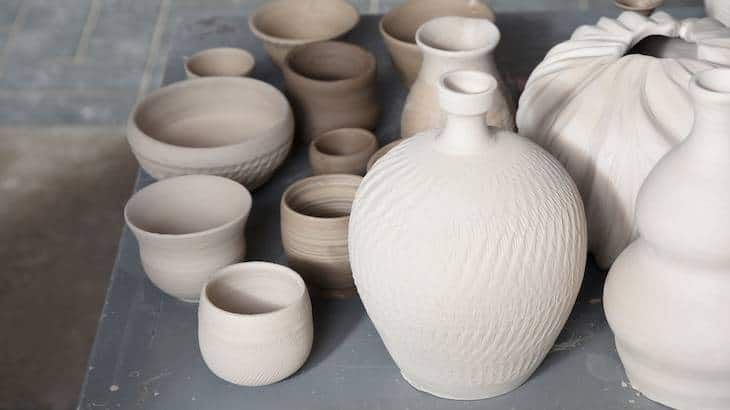
Reputation – A potter’s reputation and following plays a major role in what they can charge for their work. Well-known artists with an established name can earn substantially more than emerging artists, often charging thousands of dollars per piece. Building a reputation through juried shows, galleries, exhibitions, and publicity allows artists to increase their perceived value.
According to the Bureau of Labor Statistics, the median annual wage for craft artists was $34,800 in 2021. However, earnings can vary greatly based on these factors.
Highest Paying Types of Pottery
The type of pottery an artist specializes in can significantly impact their earnings potential. According to ZipRecruiter data, some of the highest paying pottery specialties include:
Functional Pottery
Artists who create functional pottery like tableware, cookware, and home decor tend to earn more than decorative or sculptural potters. The median salary for functional pottery artists is $35,000-$50,000 per year (Source: https://www.ziprecruiter.com/t/Most-Popular-Types-Of-Ceramic-Art-Jobs). There is high demand for beautifully designed and well-crafted functional pottery.
Decorative Pottery
Decorative pottery like vases, figurines, tiles, and wall plaques is another lucrative specialty. The median earnings for decorative pottery artists falls between $30,000-$45,000 annually (Source: https://www.ziprecruiter.com/t/Most-Popular-Types-Of-Pottery-Ceramics-Jobs). Decorative pieces require creativity and artistic talent to design aesthetically pleasing works.
Sculptural Pottery
For potters with strong sculpting skills, creating original sculptural works can be very profitable. The median income for pottery sculptors ranges from $40,000-$60,000 per year (Source: https://learn.org/articles/Careers_in_Pottery_Frequently_Asked_Questions.html). Sculptural pieces allow the most creative freedom and opportunity to develop a unique artistic style.
Apprenticeships and Education
Formal training in pottery and ceramics is available through art schools, colleges, universities, workshops, and apprenticeships. Many aspiring professional potters pursue a Bachelor of Fine Arts (BFA) or a Master of Fine Arts (MFA) degree in ceramics or pottery. These intensive programs allow students to hone their technical skills in throwing, handbuilding, glazing, and firing while also developing their artistic style and portfolio.
In addition to classroom instruction, many programs provide access to studio space and equipment like wheels, kilns, and glaze materials that students may not otherwise have access to. Coursework covers both practical techniques as well as art history, criticism, and business practices relevant to making a living as a potter.
While formal education provides an excellent foundation, many successful potters also seek out mentors and apprenticeships to receive one-on-one guidance from established artists. For example, potter Gopi Shah credits finding a mentor in Austin who “taught me how to become a professional potter and not just do pottery in an academic setting” (source). Residencies at craft schools or studios allow for immersive training and access to facilities and materials.
Combining formal training with real-world experience under the guidance of seasoned potters provides well-rounded preparation for a professional career.
Building a Pottery Portfolio
A strong portfolio is essential for pottery artists hoping to sell their work. Galleries, art fairs, competitions, commissions, and residencies all require submitting images of your best ceramic pieces. According to the Northern Clay Center, “the most important advice is to be yourself, be confident in your work, plan ahead, and ask for help where you need it.”
When applying for opportunities, potters typically submit 10-20 high quality images showing the range and style of their ceramic work. The portfolio should demonstrate technical skill in different methods like handbuilding, throwing, and glazing. Images should have good lighting and neutral backgrounds so the artwork stands out. Close-up detailed shots as well as full pieces in context help give a comprehensive view.
Galleries look for unique, compelling pieces when considering representing an artist. Having a cohesive style or theme throughout a portfolio grabs attention. Competitions like “Ceramics Monthly’s Annual Ceramic Competition” reward excellent craftsmanship and creativity. Public art commissions require showing experience with large-scale ceramic installation. Residencies value diversity of technique and artistic vision. By actively applying to such opportunities, potters gain exposure and expand their clientele.
According to the video “What We Expect from your Portfolio” by Artist Designer Maker, “the work has to engage us, make us believe in you as a maker.” Tailor portfolios to each application, highlighting your originality as a ceramic artist.
Marketing and Sales
There are several avenues for pottery artists to market and sell their work, including online, galleries, and craft fairs according to A Mini Guide To Starting Your Own Pottery Business. Online platforms like Etsy provide a great way for potters to reach a wide audience and sell their pieces without requiring significant travel. Setting up an Etsy shop allows potters to display photos of their work, manage orders and shipping, and process payments all in one place. Reddit users on r/Pottery also recommend online sales as an accessible option. Galleries and retail shops offer another avenue, where the gallery handles much of the marketing and logistics in exchange for a commission on sales. Approaching galleries with a portfolio of work samples can help potters get representation. Finally, participating in local craft fairs allows for direct sales and exposure. Setting up a booth requires coordination and inventory management, but the face-to-face interaction can help build customer relationships.
Business Expenses
Starting a pottery business requires significant upfront costs and ongoing expenses. The three main areas of spending are the studio space, materials, and equipment.[1]
Renting a studio space can range from $200 to $1000 per month depending on size and location. Building or buying a studio also requires major capital. Materials like clay, glazes, and paints cost between $50 to $150 per month. Equipment such as the pottery wheel, kiln, and tools have high initial investments of $1000 to $10,000 but can last years with proper maintenance.[2]
Other expenses include marketing, insurance, utilities, packing materials, and business licenses and fees. Aspiring potters should budget $5000 to $15,000 to start a studio. Ongoing costs can range from hundreds for part-time hobbyists to thousands for full-time artisans.
Work-Life Balance
Balancing work and life can be challenging for many pottery artists who choose to pursue their craft full-time. According to The Potter’s Cast, many potters work part-time jobs in addition to selling their own work in order to earn a living wage. Working long hours throwing pots, firing kilns, attending markets, and managing a business takes dedication. Full-time potters may work 50-60 hours a week during busy seasons to keep up with demand.
Some strategies for maintaining work-life balance include taking breaks from the studio, limiting market events and commissions at certain times, hiring assistants, and collaborating with other artists. Overall, working as a full-time potter requires discipline to maintain productivity while also nourishing mental health through relaxation and creative exploration outside of work. Finding the right balance means different things to each individual artist.
Career Outlook
The career outlook for pottery artists is promising according to the U.S. Bureau of Labor Statistics (BLS). Job growth for craft and fine artists, including pottery artists, is projected to grow 4 percent from 2022 to 2032, about as fast as the average for all occupations (BLS).
Fine artists in general earned a median annual salary of $54,170 in 2021, while craft artists earned $32,010 (Raise.me). However, earnings can vary greatly based on factors like reputation, location, and type of artwork. The top 10% of fine artists earned over $145,600 per year.
Overall, the career outlook for pottery artists is positive, with steady job growth and earning potential, especially for those who establish a strong reputation.

